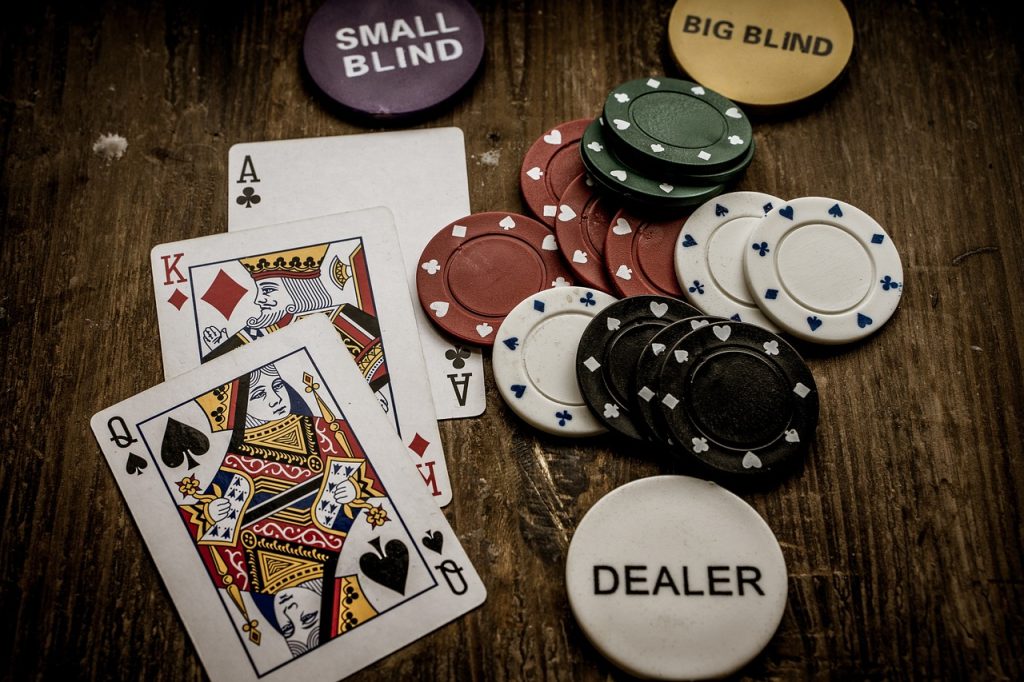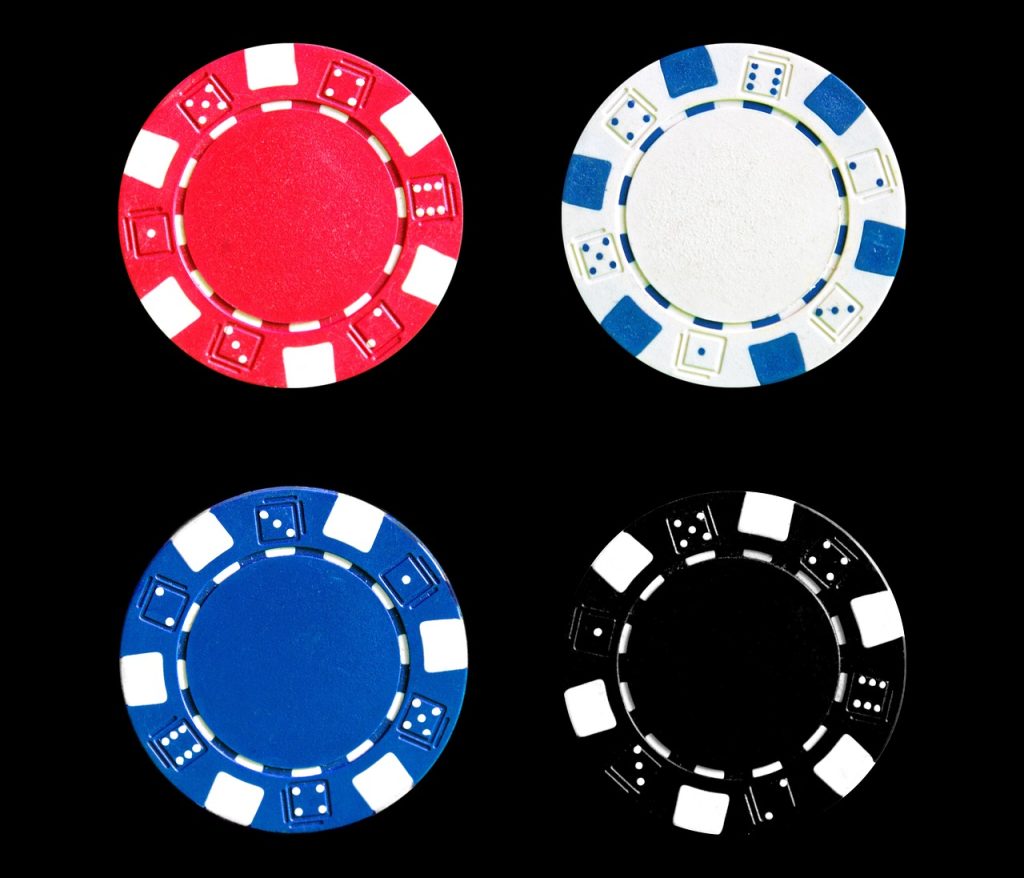Position in poker is not just about where you physically sit at the table; it holds immense strategic significance that can make or break your game. Understanding the nuances of position in poker is essential for mastering the art of the game. From early position challenges to late position advantages, each seat at the table presents unique opportunities and considerations. In this article, we delve into the role of position in poker and explore how players can leverage it to their advantage. By the end, you’ll have a deeper understanding of how position influences decision-making and the strategies you can employ to maximize your positional edge at the poker table.
# 1. Understanding Position in Poker
## The Basics of Position
Position in poker refers to where a player sits in relation to the dealer. The order in which players act during a hand is crucial as it can significantly impact decision-making and strategy.
## Types of Positions in Poker
There are three main positions in poker: early position, middle position, and late position. Each position has its advantages and challenges based on when players need to act in relation to the dealer.
# 2. Importance of Position in Poker Strategy
## Impact of Position on Decision Making
Your position at the table can influence the strength of your hand, the range of hands you should play, and the size of your bets. Being in a favorable position allows you to make more informed decisions.
## Benefits of Playing in Position
Playing in position gives you more control over the hand, allows you to gather information from other players’ actions, and enhances your ability to bluff or extract value from opponents.
# 3. Early Position Play
## Challenges of Early Position
Players in early position have less information about their opponents’ hands and are more vulnerable to being raised or re-raised. It can be challenging to play speculative hands or weak holdings in early position.
## Strategies for Early Position Play
In early position, it’s crucial to play tight and conservative, focusing on premium hands and strong starting ranges. Avoid marginal hands and be prepared to fold if faced with aggression.
# 4. Middle Position Play
## Navigating Middle Position Dynamics
Middle position players have a better vantage point than those in early position but still lack the advantage of late position. It’s essential to adapt your strategy based on table dynamics and player tendencies.
## Optimizing Middle Position Strategy
In middle position, you have more flexibility to play a wider range of hands compared to early position. Balance your range by mixing in both strong hands and semi-bluffs to keep your opponents guessing.**Late Position Play**
In poker, late position refers to being one of the last players to act in a hand. This can be a powerful advantage because you have more information about your opponents’ actions before you need to make a decision.
**Advantages of Late Position**
When you’re in late position, you can see how other players have acted before you, allowing you to make more informed decisions. You have the opportunity to steal blinds or pots with weaker hands, as players in earlier positions may have already folded. Late position also gives you more flexibility to play a wider range of hands.
**Tactics for Capitalizing on Late Position**
To make the most of late position, consider playing more aggressively by raising or re-raising to put pressure on opponents. Pay attention to the tendencies of players in earlier positions to exploit their weaknesses. Use your position to control the pace of the game and dictate the action.
**Leveraging Position for Strategic Advantage**
Understanding the strategic use of position can greatly impact your success in poker. One key aspect is using position to bluff effectively and semi-bluff with drawing hands.
**Positional Bluffing and Semi-Bluffing**
When bluffing from a later position, your opponents are more likely to give your bets credit since you have shown strength by acting last. Semi-bluffing with drawing hands can be especially effective in late position, as you have the opportunity to win the pot immediately or improve your hand on future streets.
**Extracting Value from Position**
In addition to bluffing, you can also extract value from your opponents by betting for value when you have a strong hand. Being in late position allows you to build the pot with your best hands and maximize your winnings.
**Positional Awareness and Table Dynamics**
Being aware of position and table dynamics is crucial for making informed decisions in poker. This involves understanding not only your own position but also reading your opponents’ positions to anticipate their actions.
**Reading Opponents’ Positions**
Pay attention to how your opponents play from different positions to gain insights into their hand ranges and tendencies. Use this information to adjust your own strategy and exploit their weaknesses.
**Adapting to Changing Table Positions**
As the positions at the table shift with each hand, it’s important to adapt your play accordingly. Stay flexible and be willing to adjust your strategy based on your position relative to the blinds and other players.
**Tips for Maximizing Positional Edge in Poker**
To make the most of your positional advantage, consider incorporating positional awareness exercises into your practice routine and avoiding common mistakes that players make based on their position.
**Positional Awareness Exercises**
Practice visualizing the different positions at the table and how they impact your decisions. Experiment with playing hands from various positions in order to develop a deeper understanding of positional strategy.
**Common Mistakes to Avoid Based on Position**
Avoid falling into predictable patterns based on your position, such as playing too loosely from early positions or being too passive in late positions. Stay mindful of the power of position and use it to your advantage throughout the game.In conclusion, mastering the dynamics of position in poker is a key element in developing a successful strategy. By recognizing the impact of position on your decision-making process and implementing appropriate tactics for each position, you can enhance your overall gameplay and increase your chances of success at the table. Remember, the next time you’re dealt a hand, consider not just your cards but also your position – because in poker, where you sit truly can make all the difference.
FAQ
1. Why is position important in poker?
2. How does playing in different positions affect my strategy?
3. What are some common mistakes players make regarding position in poker?
4. Can you provide examples of how to use position to gain an advantage in specific poker scenarios?

AdHang.com is the No.1 agency for digital marketing in Nigeria and the first Internet public enlightenment agency in Africa. AdHang has everything needed to achieve your digital marketing objectives and goals. From strategic digital marketing, a tactical approach to employing advanced digital marketing tools and technologies, using seasoned marketers with decades of marketing communications experience.









Comments